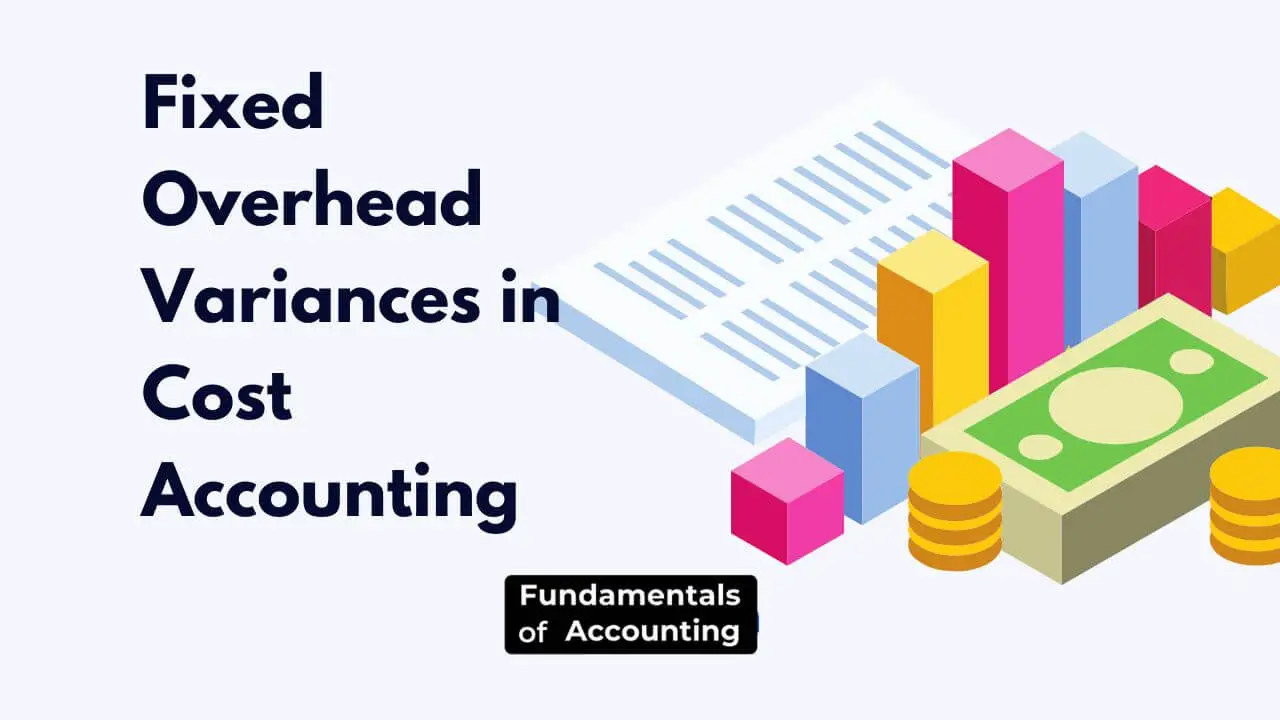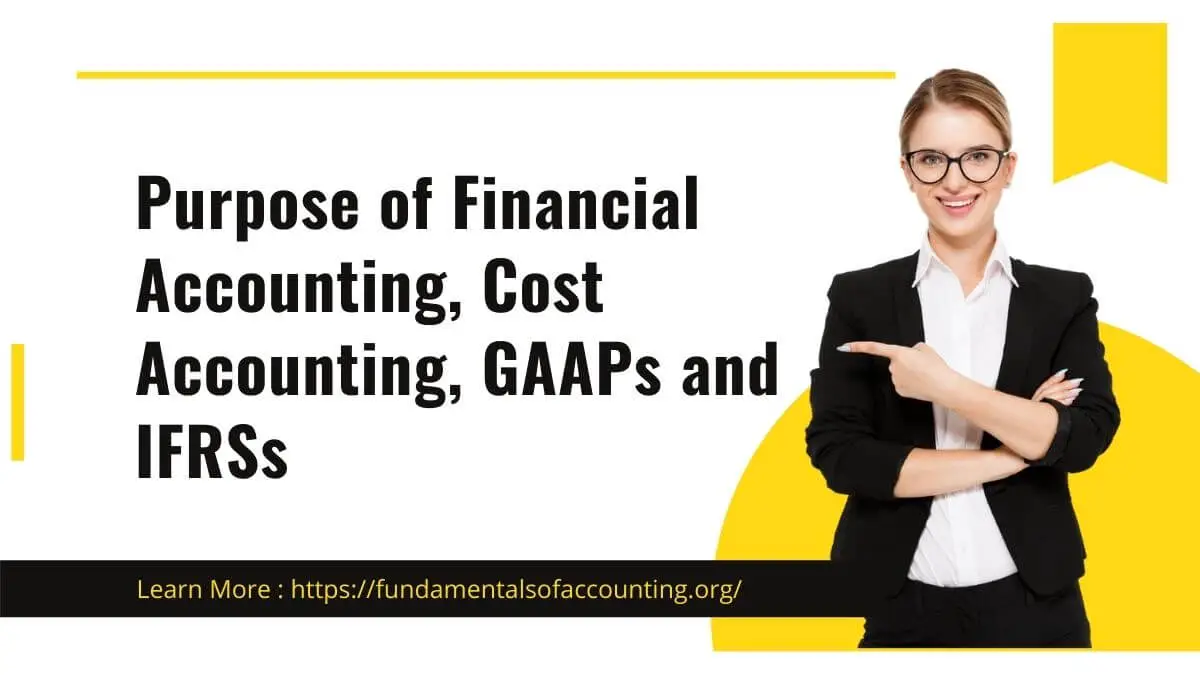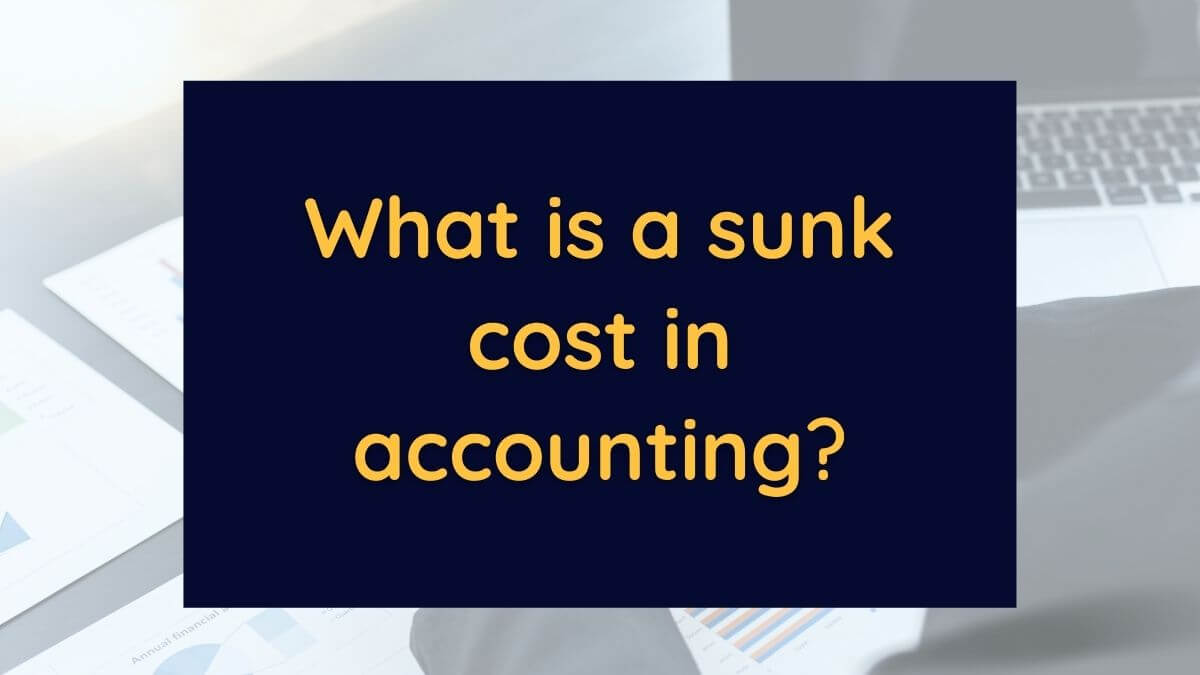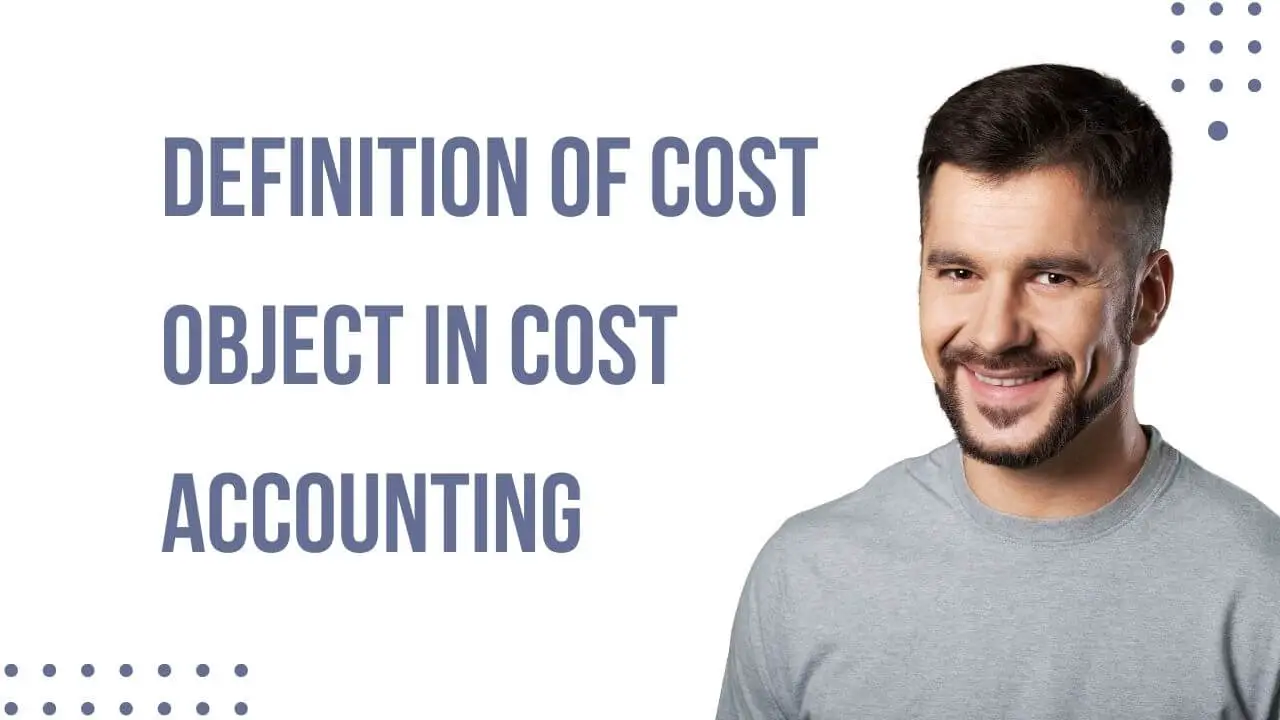What Are Relevant Costs – Meaning and Types

Relevant costs are those costs that will be incurred as a result of a decision and thus should be considered when making that decision. In cost accounting, relevant costs are costs that will contribute to achieving the organisation’s revenue-generating objectives. For an organisation to achieve its profit objectives, the revenues must exceed the relevant costs. […]
Fixed Overhead Variances in Cost Accounting

Fixed overhead variance refers to the difference between the actual fixed production overheads and the absorbed fixed production overheads over a period of time. The variance can either be caused by a difference in the fixed overheads at a given level of activity or because of a difference in the number of units produced (which […]
What Are the Assumptions and Limitations of CVP Analysis?

Cost-Volume-Profit (CVP) analysis is a method for assessing the links between selling prices, total sales revenue, and the volume of production, expenses, and profit. CVP analysis can be critical in providing management with information about financial results when a specified level of activity or volume fluctuates, the relative profitability of the company’s various products, and […]
What are non-manufacturing costs or period costs?

Period Costs Period costs, also referred to as nonmanufacturing costs, are expenses that a business incurs to maintain its operations but are not directly associated with the manufacturing process. These costs are not directly tied to the production of goods or services, but rather to the overall operation of the company. Examples of period costs […]
Purpose of Financial Accounting, Cost Accounting, GAAP, and IFRS

Accounting is also vital in making business decisions through providing transparency, accuracy, and conformity with financial laws. Financial accounting deals with recording and reporting the financial transactions of a company to external parties, while cost accounting assists firms in monitoring and managing costs for improved efficiency. To maintain consistency in financial reporting, accounting frameworks like […]
What is a sunk cost and its impact on decision making

A sunk cost is that which has been incurred or committed in the past and is, therefore, irrelevant to the decision-making purpose because the decision-maker no longer has discretion over that. For example, if a company purchased new machinery without a warranty that failed the next day, the purchase price is irrelevant to the present […]
Differences between standard cost and standard costing

The standard cost is the amount anticipated to be paid for materials or labour. The standard quantity is the estimated amount of materials or labour used. It is essential to establish cost standards at the beginning of a period to construct a budget, control material, labour, and administrative expenses, and set a fair price for […]
Definition of Cost Object in Cost Accounting

A cost object is anything for which a separate measurement of costs is desired. It may be a project, a customer, an activity or a department. The concept of cost objects is more comprehensive. It also includes a group of products, services, departments, customers suppliers and so on. Any item to which cost can be […]
What is Contribution Margin? Meaning and Calculation

The contribution margin can be defined as the amount by which the selling price of a product exceeds its total variable unit costs. This difference between the selling price and the variable cost per unit is known as the contribution margin, as it represents the per-unit contribution towards paying fixed costs. Therefore, the contribution margin […]
What Are Perpetual and Periodic Stock Systems?

Efficient inventory management is a cornerstone of any successful business, whether it operates in retail, manufacturing, or distribution. Among the various approaches to managing stock, two widely used systems—perpetual inventory system and periodic stock system—stand out as essential tools for tracking and controlling inventory. These systems are pivotal for ensuring smooth operations, optimising stock levels, […]
